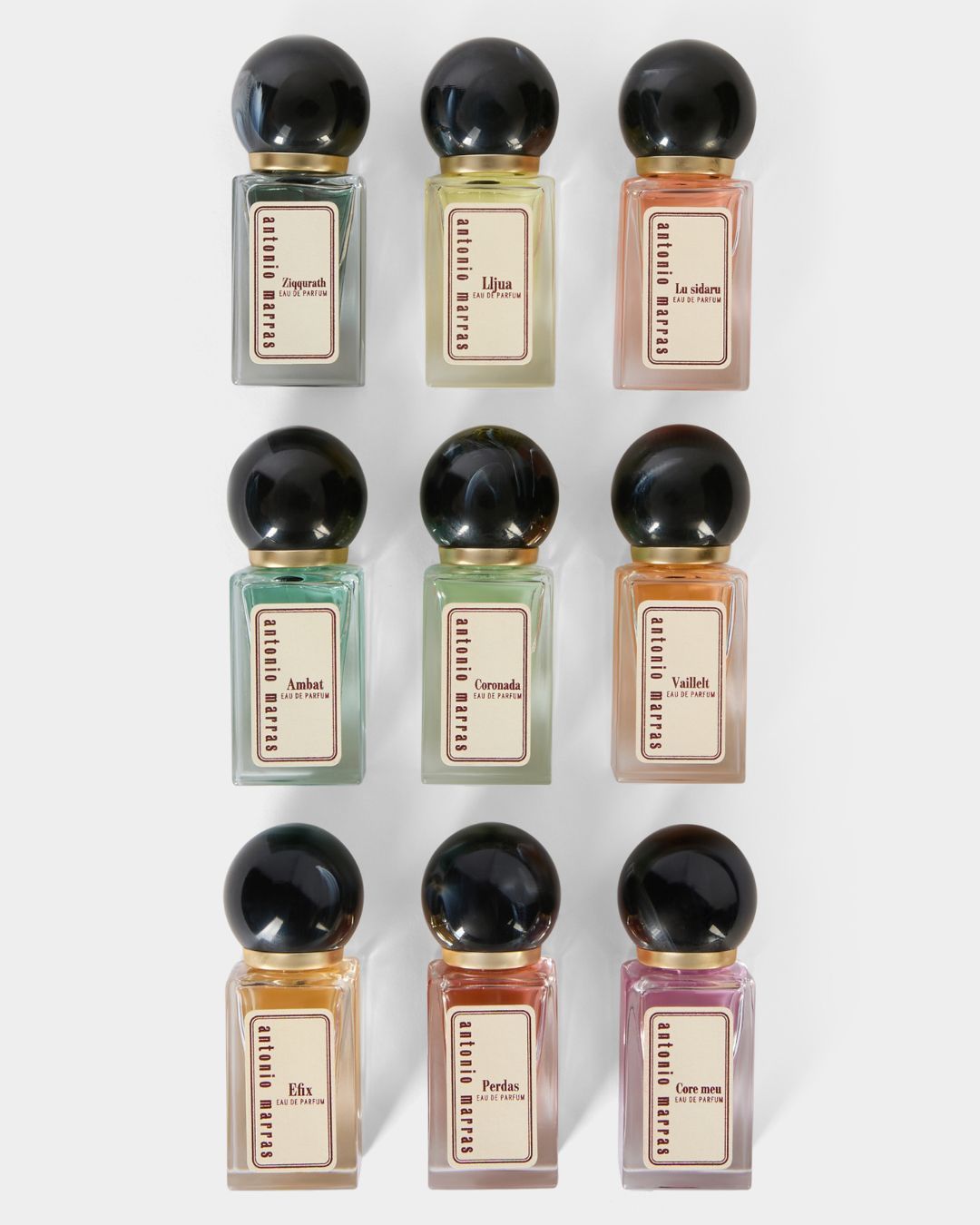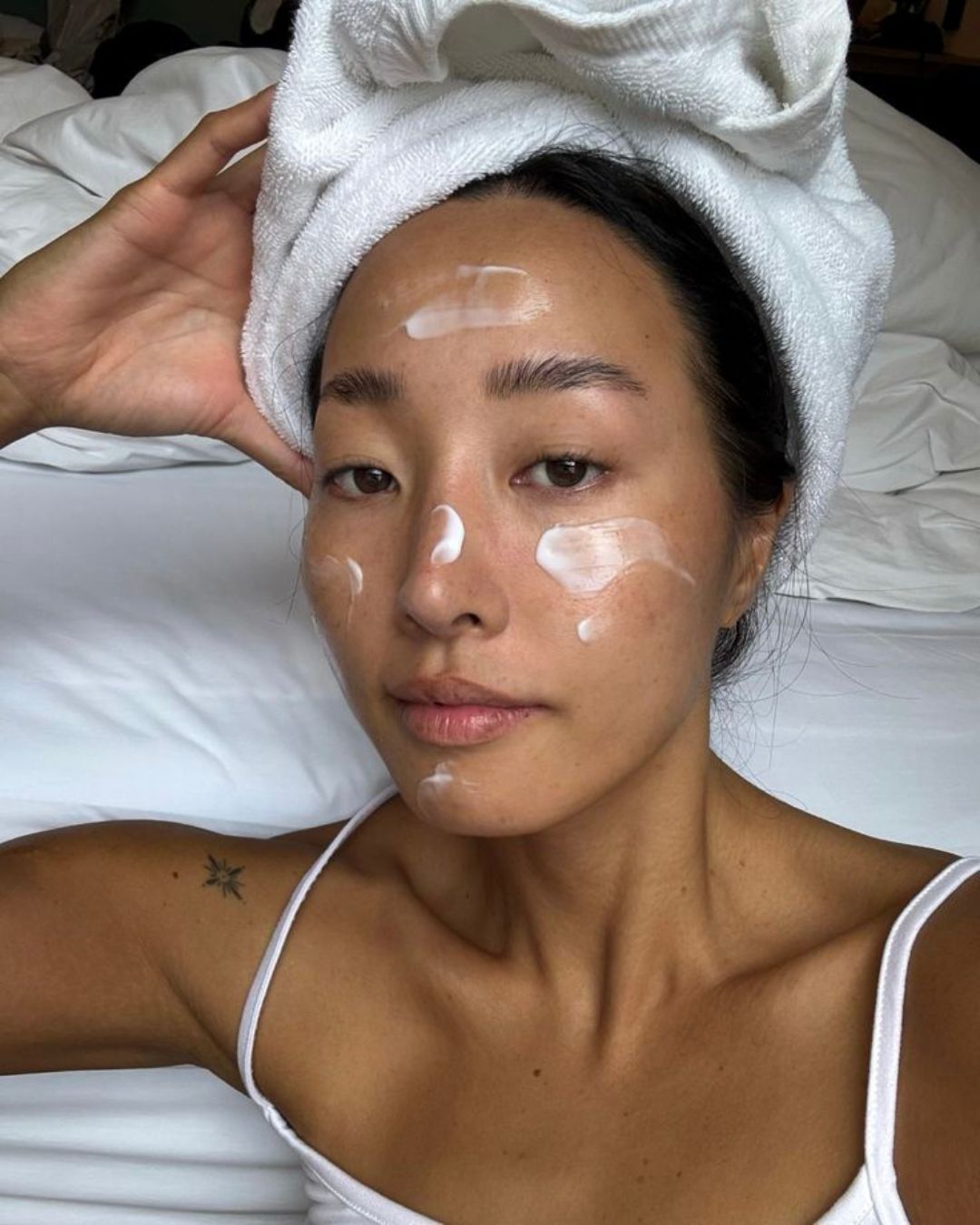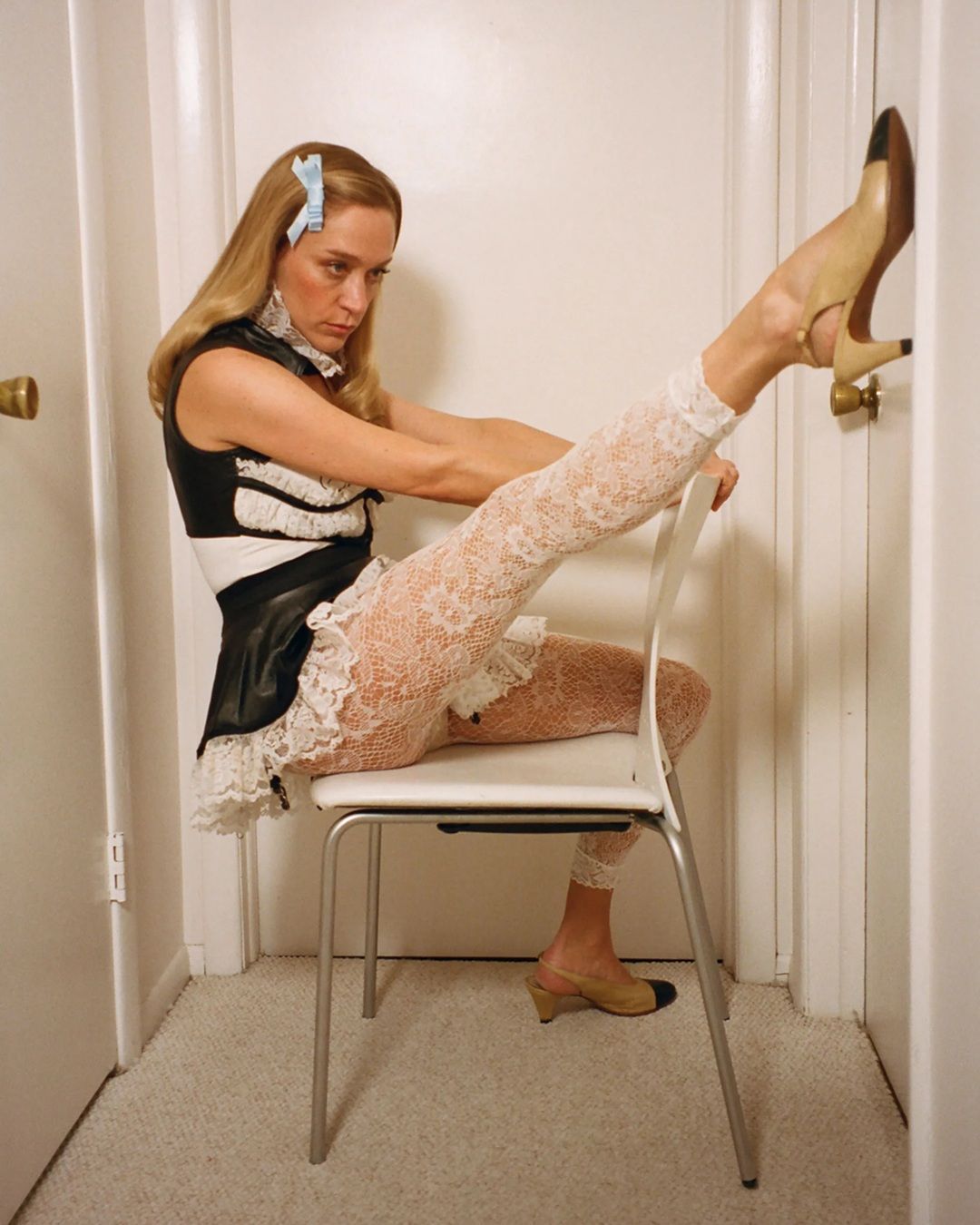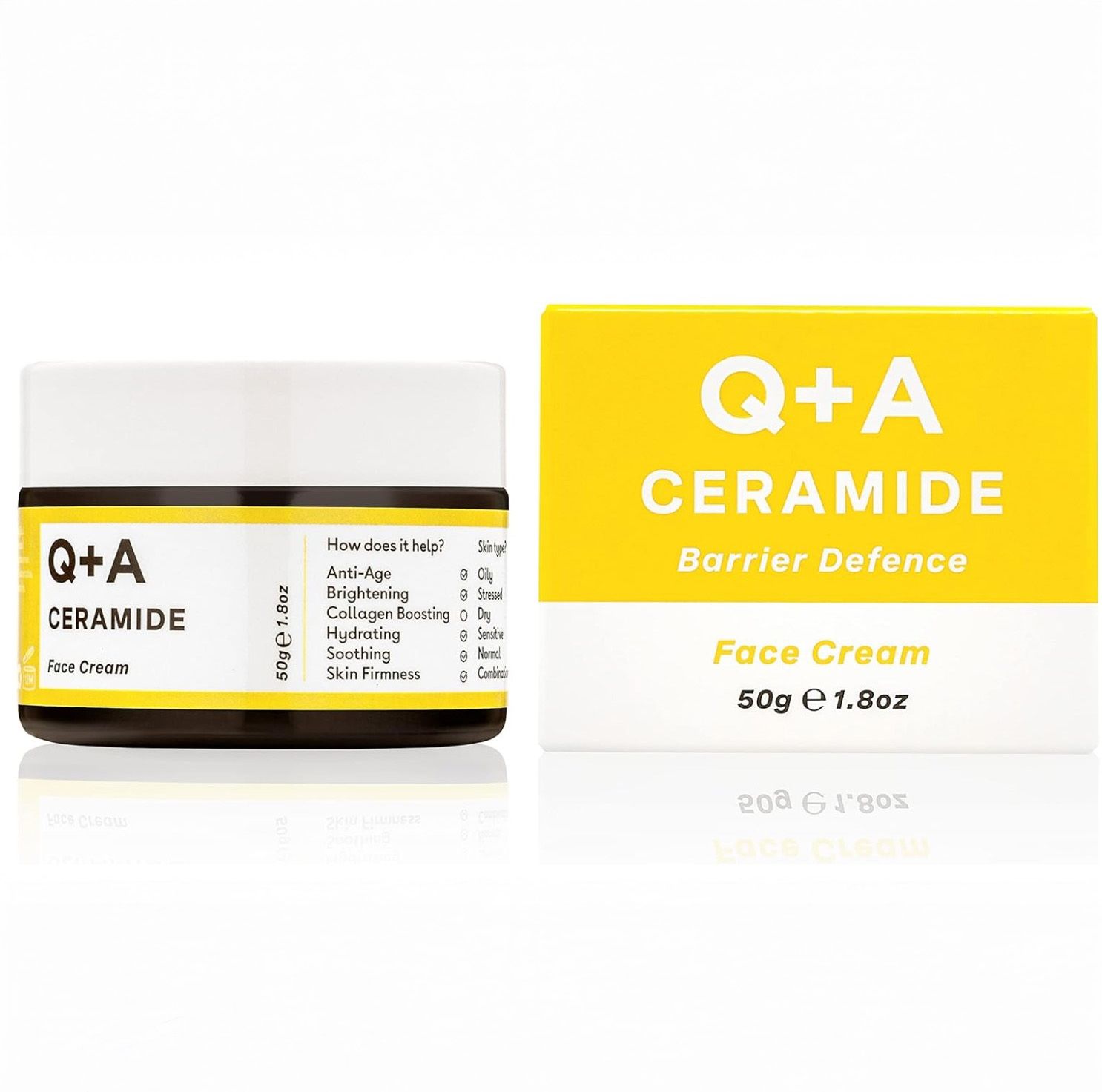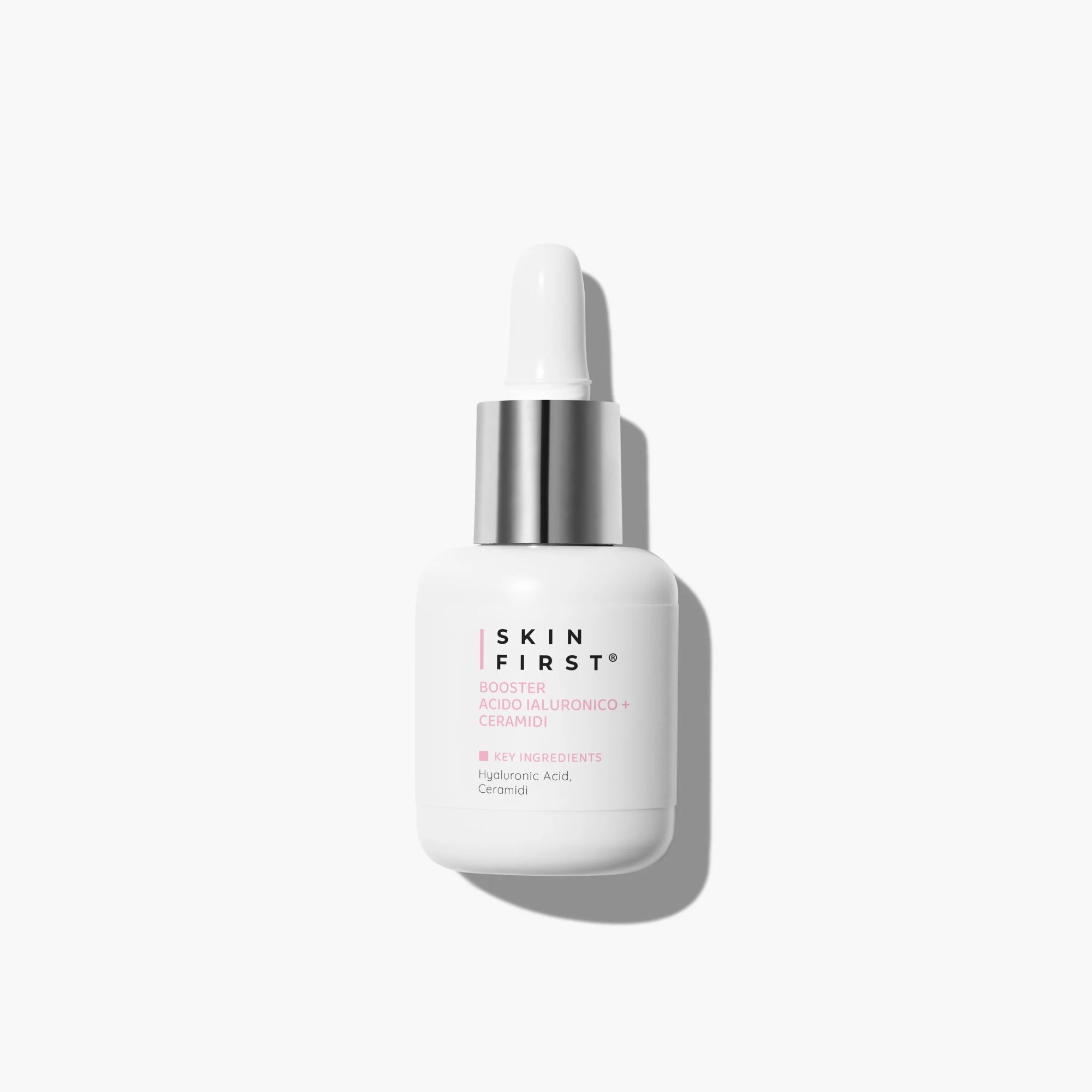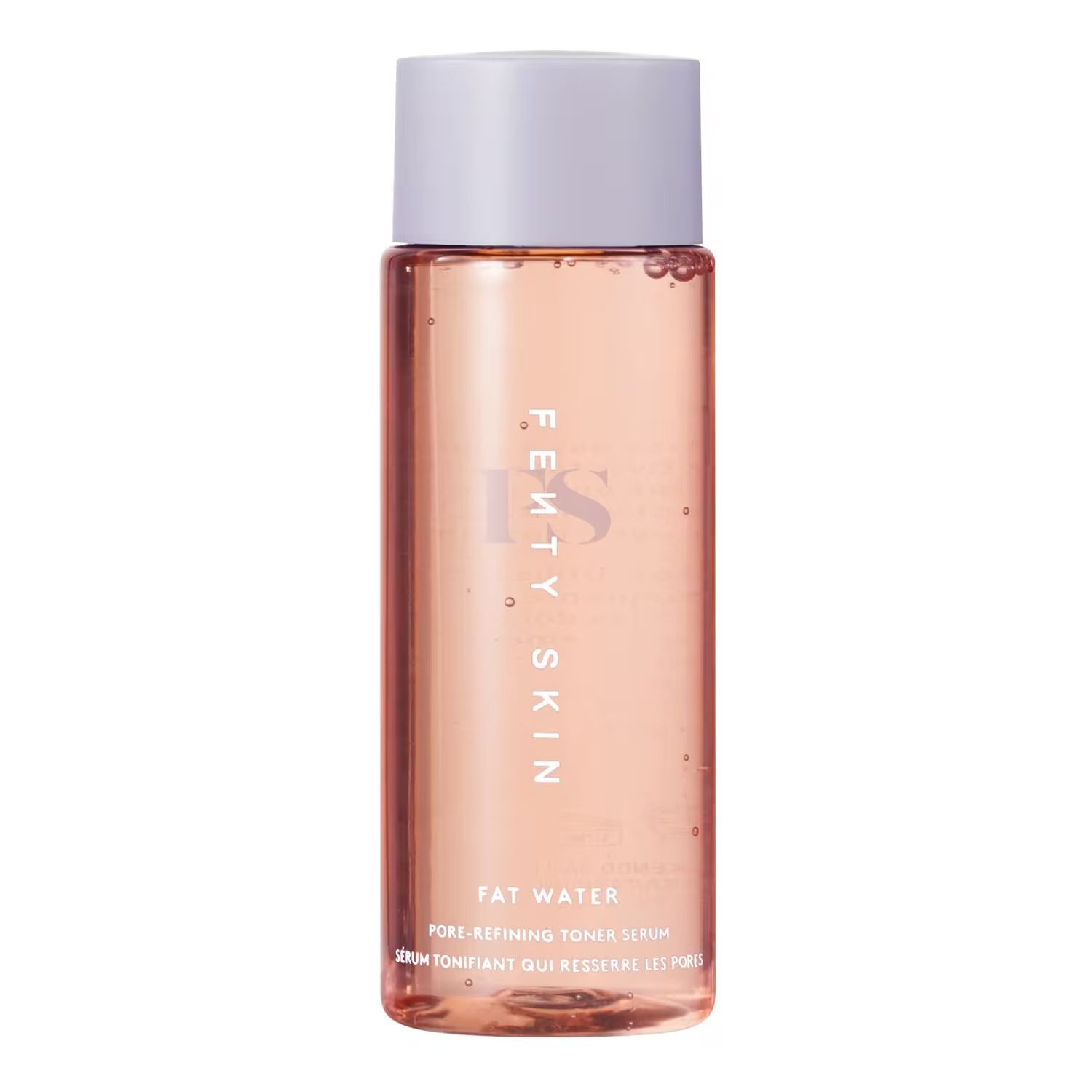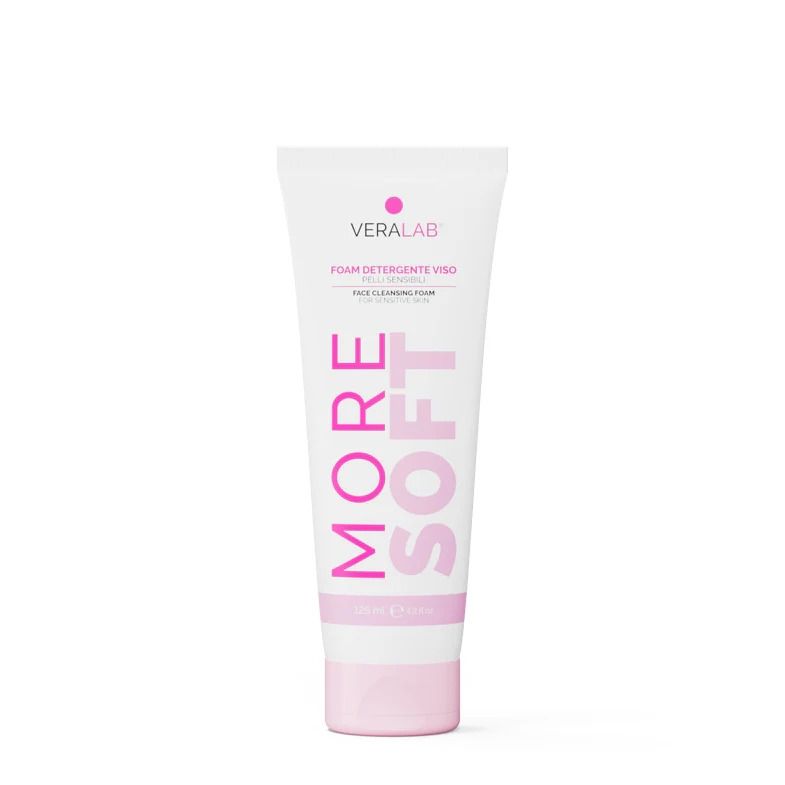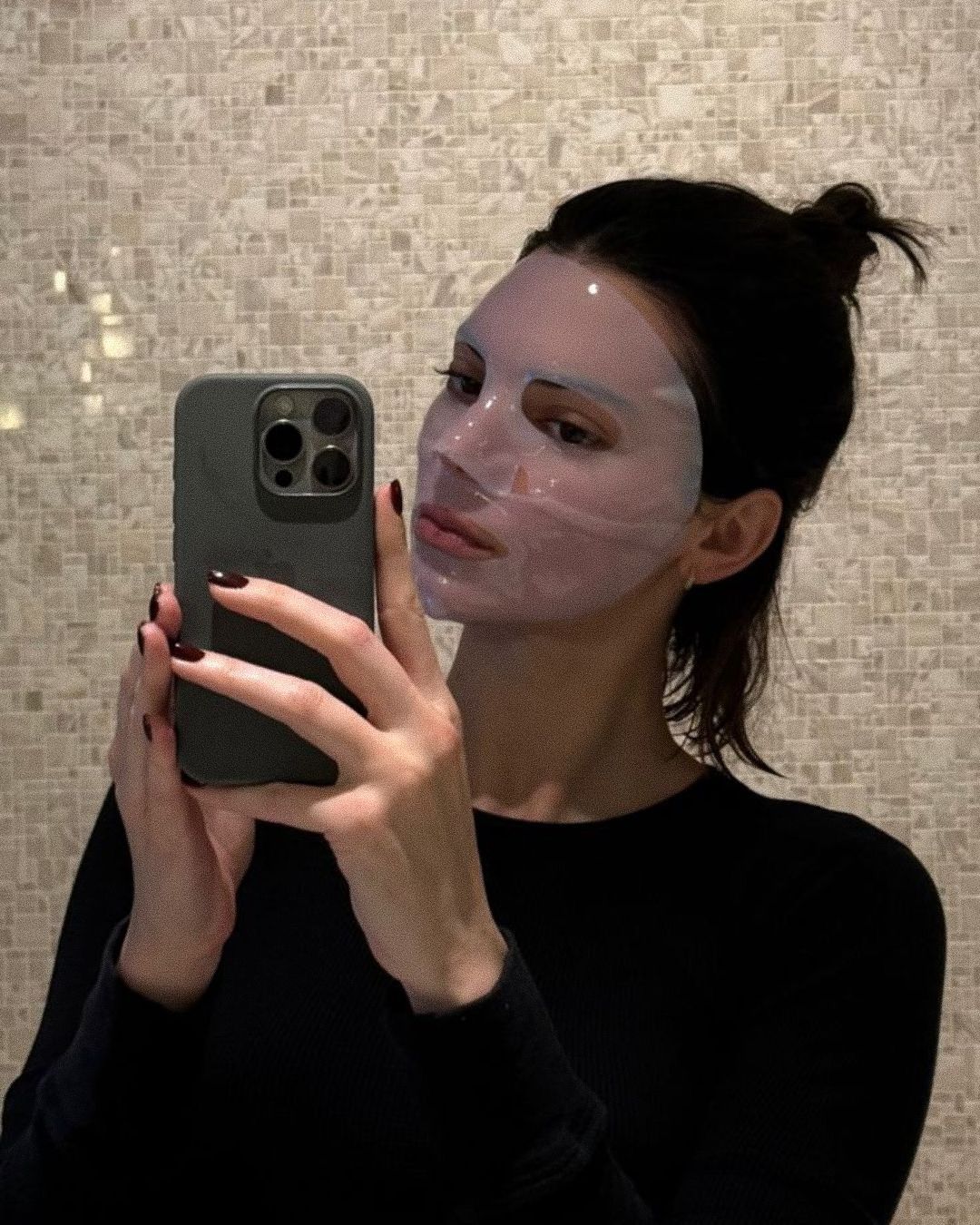
Skincare alert: what destroys the skin barrier and how to fix it Simple guide to understand what is wrong and restore balance to your skin

We all know how frustrating it can be when your skin feels out of control: tight, burning, red, or suddenly breaking out. The culprit might be your skin barrier. The thing is, even without realizing it, we often make choices that can weaken our skin barrier: we use too many actives at once, follow overly complex skincare routines, or simply ignore the signs our skin is trying to send us. The good news? It’s all fixable. Here’s how to recognize when your barrier is struggling and how to get it back on track!
Skin barrier: what is it?
Think of your skin barrier as an invisible shield that protects your skin every single day. It’s the outermost layer of the skin (also known as the stratum corneum), made up of cells and lipids that work together to keep irritants out - like bacteria, pollution, or harsh ingredients - and lock in what your skin needs, like hydration and nutrients. When it’s healthy, your skin feels soft, looks glowy, and stays protected. But when that barrier gets damaged or weakened, your skin starts to show signs: dryness, redness, sensitivity, or unexpected breakouts.
What can damage the skin barrier?
@misspeytonsmith You’ll know your skin barrier is damaged when you have these signs! How do you fix this? Part 2 coming
son original -
According to the European Dermatological Institute (ISE), there are several warning signs that your skin barrier might be compromised. The first clue? Tight, flaky, or peeling skin. This happens when your barrier is weakened and your skin can no longer retain moisture, so it becomes dehydrated, rough, and dry even right after applying your cream. You might also notice that your skin feels more sensitive than usual: it gets red easily, stings when you use products that normally worked fine, or reacts just from stepping outside in the cold or wind. In more serious cases, you might see inflammation, little flare-ups, sudden breakouts, or irritated patches that, if left untreated, can even lead to skin infections. Another sign is a sebum imbalance: your skin feels oily but still dry. All of this can be triggered by a few common culprits. These include harsh cleansers that strip your skin too much, over-exfoliation - either too often or with formulas that are too strong - or mixing active ingredients that don’t work well together, like retinol with vitamin C or AHA/BHA in the same routine. And then there are products high in alcohol or strong fragrances, which can be especially damaging to sensitive skin. Environmental factors like cold weather, pollution, or sun exposure also play a role in weakening the barrier.
How to fix it?
First things first: visiting a dermatologist is always a smart move, especially if your skin is really irritated or just won’t improve. But if you want to help your barrier get back into balance, the key word is: gentleness. Start by simplifying your skincare routine: skip the 10-step rituals with tons of actives. Focus on gentle, hydrating products that contain skin-repairing ingredients like ceramides (which help rebuild the lipid layer), hyaluronic acid (for major hydration), and niacinamide, which soothes and strengthens the skin. Choosing the right cleanser also matters: go for a sulfate-free, alcohol-free formula that won’t stress your skin even more. Pick something hydrating and made for sensitive skin. Aloe vera is also great for calming redness and itchiness thanks to its soothing properties. And don’t forget: healing your skin barrier takes patience. It won’t happen overnight, but with consistency and the right products, your skin can absolutely bounce back.
















